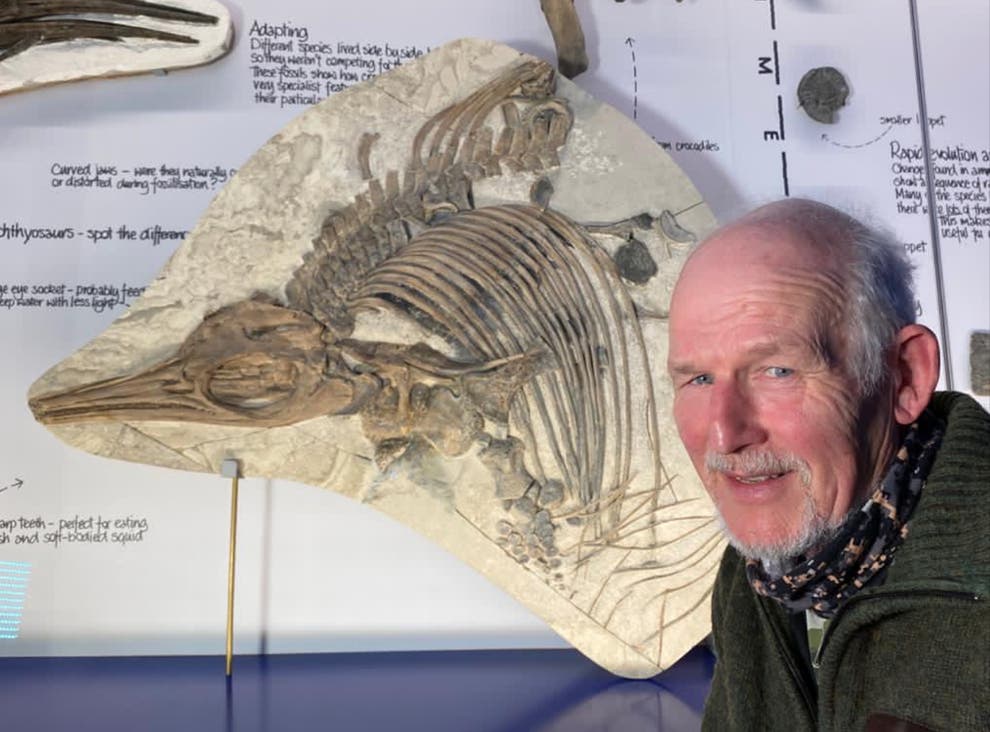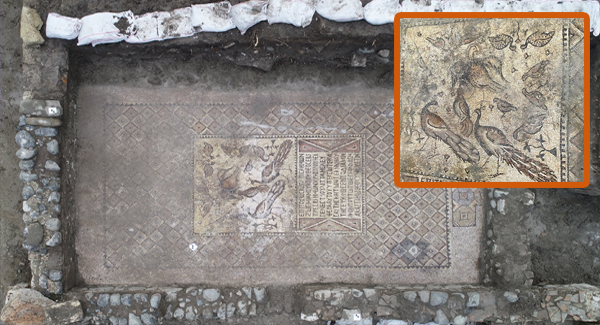On Egypt’s Giza Plateau, the Great Pyramid stands as a polished limestone marvel, its smooth casing once gleaming under the sun, reflecting light with mesmerizing brilliance. Built around 2560 BCE for Pharaoh Khufu, this engineering feat comprises over two million precisely cut stone blocks, some weighing up to 15 tons, fitted so tightly that a credit card cannot slip between them. For centuries, scholars viewed it as a tomb, yet its mysteries suggest far more.
Descending through the claustrophobic 100-meter-long passage, visitors reach the subterranean chamber—a rough, unfinished space that feels more like a puzzle than a resting place. Why was it carved and abandoned? The ascending passage leads to the Grand Gallery, a seven-story-high corridor resembling a stone cathedral, hinting at deeper secrets. The Queen’s Chamber, accessed via narrow air shafts, revealed a sealed limestone door with copper handles—Gantenbrink’s Door—discovered by a robot in 1993. Beyond it lies another door, its purpose unknown. Were these shafts symbolic, or do they guard an unopened chamber?
Above, the King’s Chamber, built from rose-colored granite, holds an empty, lidless sarcophagus. No inscriptions, body, or treasures remain, sparking debate: was it looted, or never occupied? In 2017, muon tomography uncovered a massive hidden void above the Grand Gallery, roughly the size of a passenger jet’s fuselage, sealed since the pyramid’s completion. Why build such a space and never mention it? Historical records, like explorer Giovanni Battista Caviglia’s 1800s accounts, offer no answers, deepening the enigma.
Traditionalists argue the pyramid’s alignment and nearby mortuary temples confirm its funerary purpose, yet its complexity and emptiness challenge this view. Alternative theories propose it as an astronomical observatory aligned with Orion and Sirius, a site for spiritual ascension, or even a machine. The granite in the King’s Chamber, rich in piezoelectric quartz, could generate energy under stress, possibly from the aquifer beneath. Some liken this to Nikola Tesla’s Wardenclyffe Tower, suggesting the pyramid harnessed Earth’s frequencies. Its base-to-height ratio approximates 2π, its alignment to true north is near-perfect, and golden ratio proportions hint at intentional design beyond a tomb. The missing gilded capstone, possibly a conductor, fuels speculation of an energy-focused purpose.
Mainstream Egyptologists dismiss these ideas, citing insufficient evidence, but the questions persist. What lies within the sealed chamber? Did the builders possess forgotten knowledge of energy, frequency, or reality itself? Modern technologies like muon scanning bring us closer to answers, yet the pyramid remains a message from 4,500 years ago, asking: Are you ready to understand?
Nearby, the Great Sphinx, a 240-foot-long, 66-foot-high limestone guardian, carved from a single bedrock mass, holds its own secrets. Buried under sand for centuries, its rediscovery began with Caviglia’s 1817 excavations and continued with Émile Baraize’s 1920s–30s efforts. Ground-penetrating radar and seismographs in the 1970s–80s revealed hollow spaces beneath, some tunnels extending 30 meters with 5-meter-high chambers. These voids, possibly ritual spaces or the fabled Hall of Records, remain unexplored. A mysterious metal hatch on the Sphinx’s head, found during 20th-century restoration, adds intrigue—is it modern or a relic of lost technology?
Conventionally attributed to Pharaoh Khafre around 2500 BCE, the Sphinx’s water erosion patterns suggest a far older origin, possibly 10,000 BCE, predating dynastic Egypt. This implies a lost civilization with advanced engineering. Theories propose the Sphinx as an astronomical marker, aligned with Leo during the vernal equinox, or part of an energy system with the pyramids. Some even speculate extraterrestrial involvement, though mainstream scholars attribute its construction to human ingenuity using sledges and lubricated sand. The Sphinx’s enclosure, carved from bedrock, preserves erosion patterns that challenge conventional timelines, hinting at an earlier cycle of civilization.
At Saqqara, the Serapeum’s underground necropolis harbors another mystery: 25 single-piece granite sarcophagi, each weighing around 100 tons, with perfect 90-degree angles and flawless surfaces. Carving and hollowing these with primitive tools seems nearly impossible, yet their precision rivals modern engineering. Located in a restricted area, these boxes raise questions about their purpose and the techniques used to create them.
The Great Pyramid, Sphinx, and Serapeum stand as testaments to an ancient world that may have wielded knowledge we’ve yet to rediscover. As we probe their hidden chambers and marvel at their precision, we’re left wondering: Who built these monuments, and why? What secrets remain buried, waiting for us to unlock? The past, it seems, is a puzzle far from solved.























